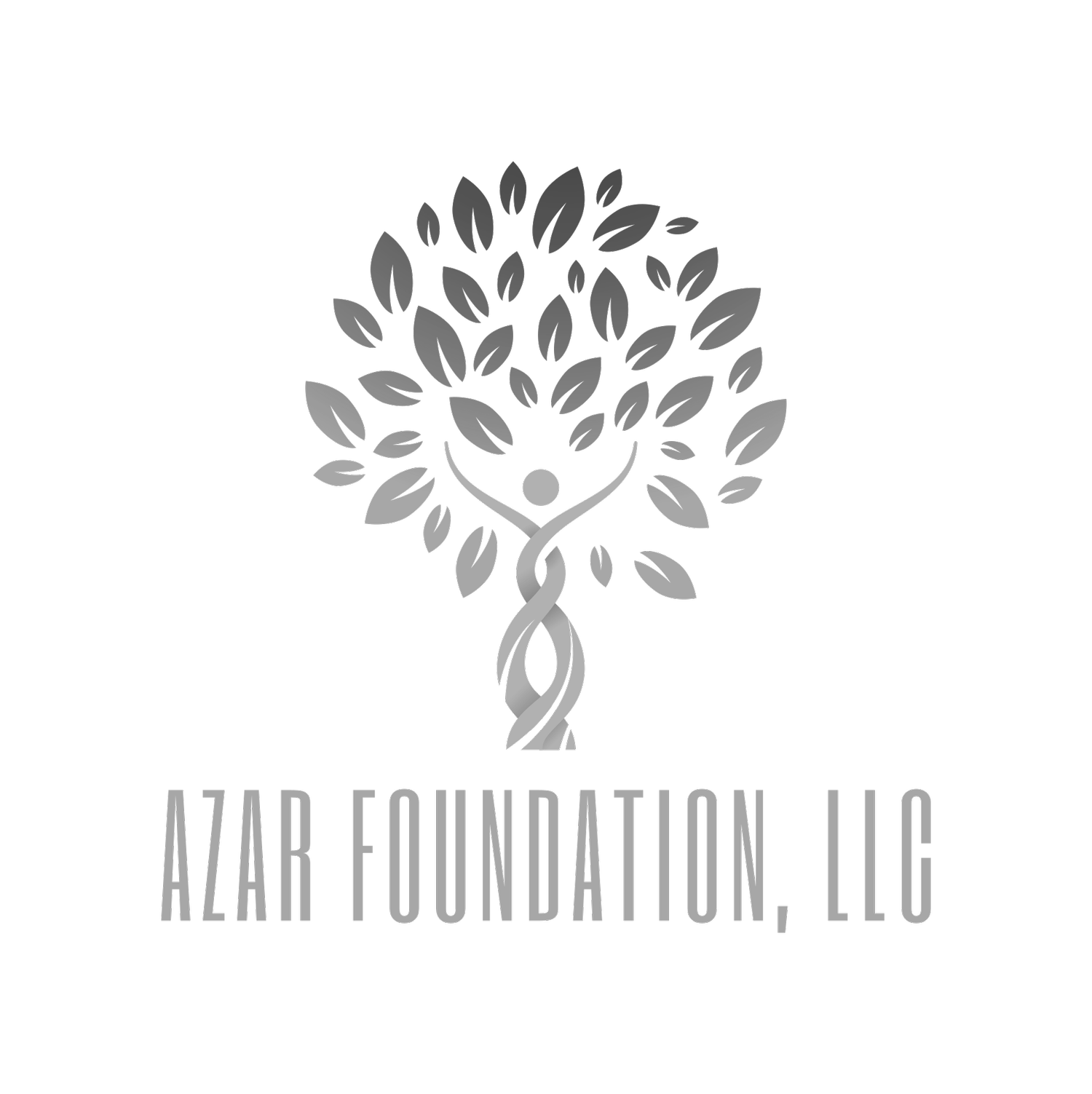
Communities We Serve
For decades, policymakers, practitioners, and community stakeholders have worked to revitalize communities facing increased rates of poverty, limited economic development, and decaying physical infrastructure. Progressively more community development leaders have come to recognize that these efforts must focus not only on improving physical infrastructure and recruiting new businesses, but also on investing in today’s young people.
The world’s poorest communities often share common characteristics:
A densely populated community.
Multi-Generational community.
Matriarchal leadership.
Isolated culturally, economically and geographically.
Hard working low income subsistence living.
Higher than average levels of mental health issues, addiction, illiteracy, family breakdown, crime.
Diverse ethnic, racial, and socio-economic groups coexisting in close proximity causing tension and a lack of social cohesion.
Our focus throughout this brief, is the term “youth programs” used to describe a wide range of services and activities for youth. Youth programs include prevention, intervention, and developmental programs across multiple domains, including academics, workforce preparation, leadership and civic engagement, and health and well-being. These programs are hosted in diverse settings such as schools, workplaces, and community facilities. Examples of youth program activities include counseling, mentoring, entrepreneur and career exploration, summer employment, dropout prevention, financial literacy, academic assistance, and health education.
Meaningful and long-term community change requires investments in youth-focused community efforts that provide young people with employment, enrichment and leadership opportunities, safe places to live and play, and access to quality education. Community development efforts involving and supporting youth can help make communities more vibrant and desirable places to live and create economic empowerment solutions.
